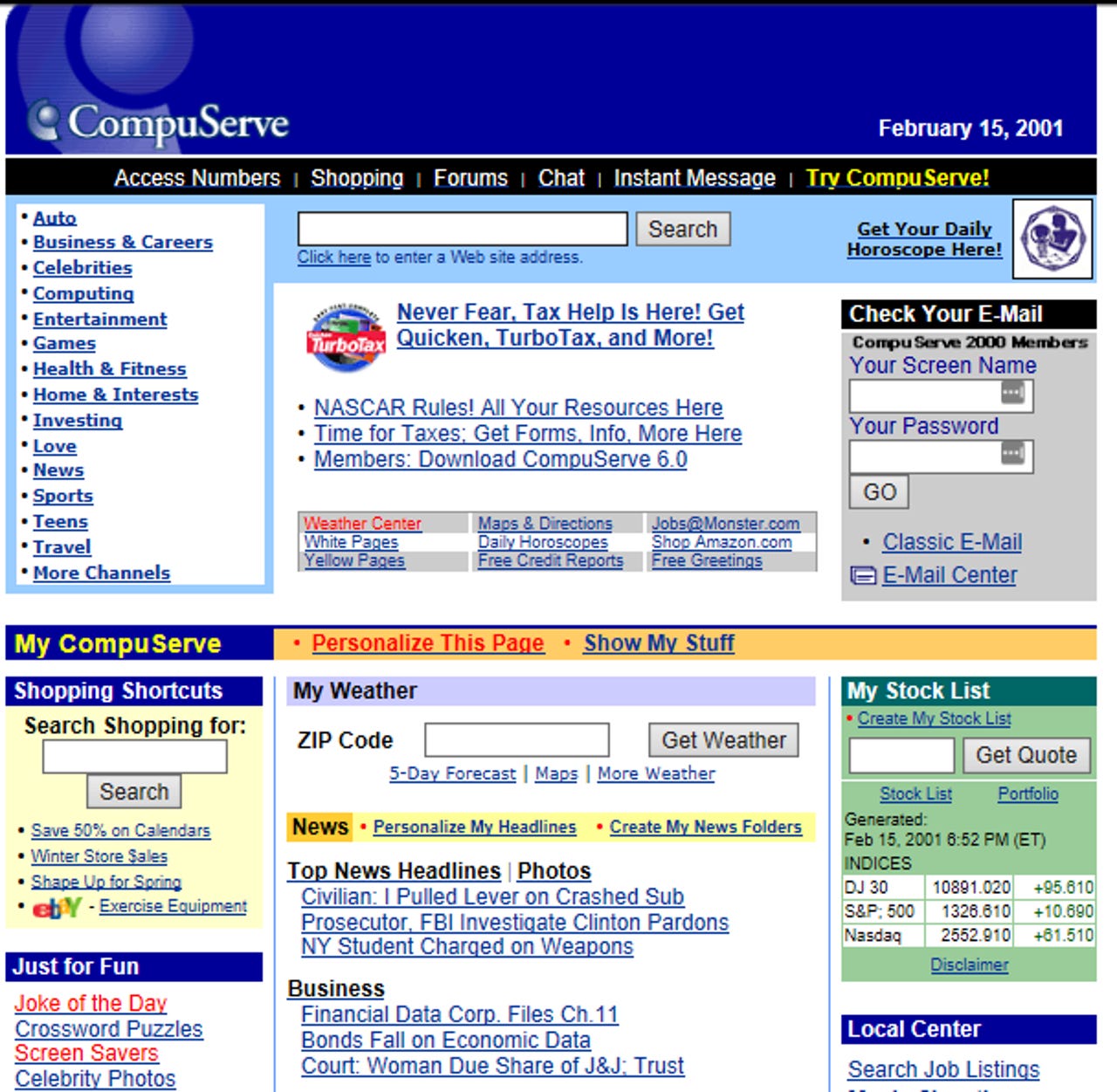This old tech: 10 reasons to get all nostalgic about hardware and software

Take a trip down memory lane -- if you are old enough -- with my favourite items of nostalgic tech, originally inspired by a post at Mojo Mortgages

Compuserve
Compuserve was your portal into its world of channels, mainly aimed at the technical community. Subscribe to an interest site, find people online with similar interests, chat, post stories and find out what was going on across the world. You could even talk to groups of people with its (almost) instant messaging feature.
Dial-up modem
Dial-up seemed a perfect way for us to access the internet using the phone handset nestled in its rubber cradle. Dial the number on the keypad, connect at 300 baud, listen to the sounds of connection, and communicate across the nascent internet – if you knew where to go. If you have never heard a modem sound – or want a trip down memory lane, have a listen to some nostalgic modem sounds over the past 40 years.
Bulletin boards
Bulletin board systems (BBS) enabled users to upload and download software, read news, play online games, and talk to other users of the service through message boards which reached their peak in the mid-1990s. When AOL became mainstream, BBS use dramatically declined.
AOL
AOL (America Online) provided a dial up service which accessed its portal. Aimed at non-technical users, you placed the floppy disk – which was posted to you, or was included in almost all PC magazines – into the slot, started the program, and dialled into its online games, chat and resources.
WordStar
For many, WordStar represented the first foray into word processing software in the 1980s. WordStar for MS-DOS launched in 1982 on floppies, and was fast, functional, and not a memory hog at all.
Floppy disk
The 5.25 inch floppy disk often held the entire operating system for an IBM-compatible computer. With two slots, one for data or applications, and one for the OS, these 1MB disks gave you all the space you thought you would ever need.
Lotus 1-2-3
Displacing VisiCalc in the late 1980s, Lotus 1-2-3 was a spreadsheet application for MS-DOS. If your PC had a graphics card – expensive to buy then – you could even create graphs and pie charts.
IRC
IRC – Internet Relay Chat – was created in 1988 and was intended to replace BBS software. It is an open protocol which gave rise to several client interfaces such as Undernet and freenode.
Windows 3.0
Launched in 1990, the release was the first commercially successful version of Windows. Unlike MS-DOS, Windows 3.0 required a Microsoft-compatible mouse to click and drag windows around.
Sadly games like Reversi, Gorillas.bas, Donkey.bas, and Nibbles.bas are no longer hidden in the hard drive of the latest version of Windows 10, but search online, and you can play these nostalgic games again.
Netscape
The Netscape Navigator browser was launched in late 1994 to take advantage of the burgeoning World Wide Web using the Netscape Navigator suite of products. Its ease of use made it successful against competition from Internet Explorer 4.0 which was released in 1997. Netscape was acquired by AOL in 1998.